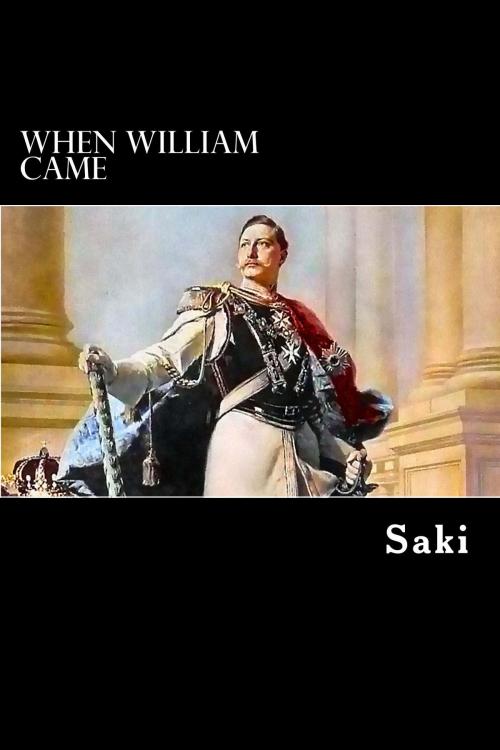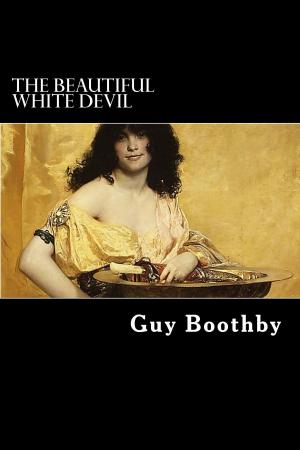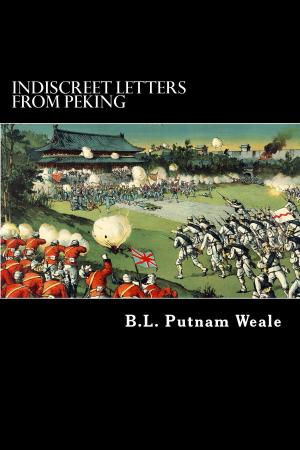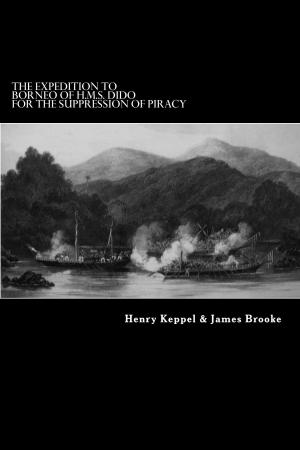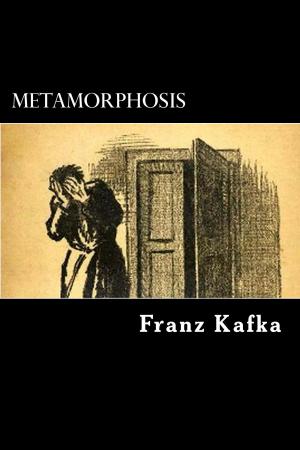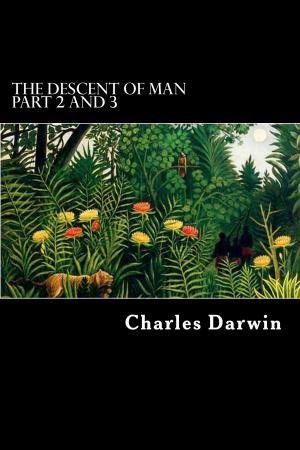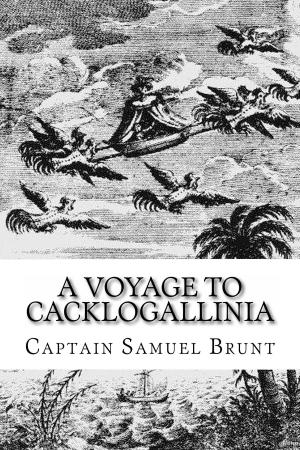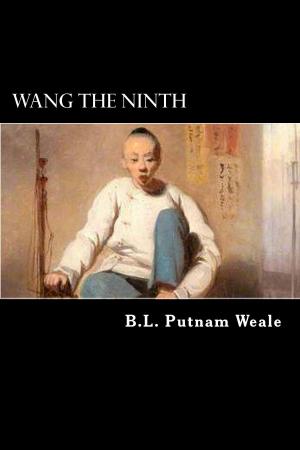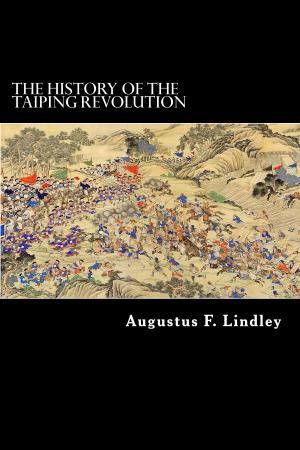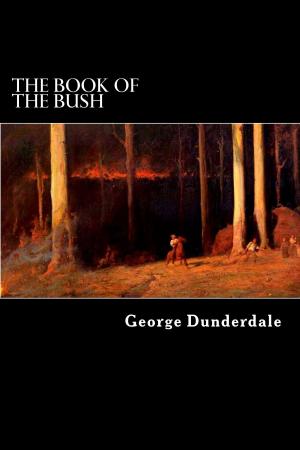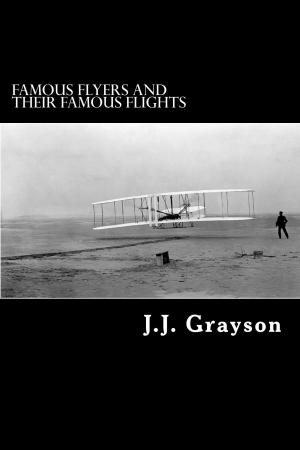| Author: | Saki | ISBN: | 1230000100766 |
| Publisher: | Herne Ridge Ltd. | Publication: | January 19, 2013 |
| Imprint: | Language: | English |
| Author: | Saki |
| ISBN: | 1230000100766 |
| Publisher: | Herne Ridge Ltd. |
| Publication: | January 19, 2013 |
| Imprint: | |
| Language: | English |
When William Came is a novel written by British author Saki and published in 1913. It was set several years in what was then the future, after a war between Germany and Great Britain, which Germany won. The "William" of the title is Kaiser Wilhelm II. The book chronicles life in London under German occupation, and the changes that come with a foreign army's invasion and triumph. Like Robert Erskine Childers's 1903 novel The Riddle of the Sands, it predicts World War I (in which Saki would later be killed) and is an example of invasion literature, a literary genre which flourished at the beginning of the 20th century as tensions between European nations increased.
Hector Hugh Munro (18 December 1870 – 13 November 1916), better known by the pen name Saki, and also frequently as H. H. Munro, was a British writer whose witty, mischievous and sometimes macabre stories satirised Edwardian society and culture. He is considered a master of the short story and often compared to O. Henry and Dorothy Parker. Influenced by Oscar Wilde, Lewis Carroll, and Kipling, he himself influenced A. A. Milne, Noël Coward, and P. G. Wodehouse.
When William Came is a novel written by British author Saki and published in 1913. It was set several years in what was then the future, after a war between Germany and Great Britain, which Germany won. The "William" of the title is Kaiser Wilhelm II. The book chronicles life in London under German occupation, and the changes that come with a foreign army's invasion and triumph. Like Robert Erskine Childers's 1903 novel The Riddle of the Sands, it predicts World War I (in which Saki would later be killed) and is an example of invasion literature, a literary genre which flourished at the beginning of the 20th century as tensions between European nations increased.
Hector Hugh Munro (18 December 1870 – 13 November 1916), better known by the pen name Saki, and also frequently as H. H. Munro, was a British writer whose witty, mischievous and sometimes macabre stories satirised Edwardian society and culture. He is considered a master of the short story and often compared to O. Henry and Dorothy Parker. Influenced by Oscar Wilde, Lewis Carroll, and Kipling, he himself influenced A. A. Milne, Noël Coward, and P. G. Wodehouse.
